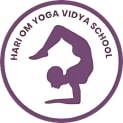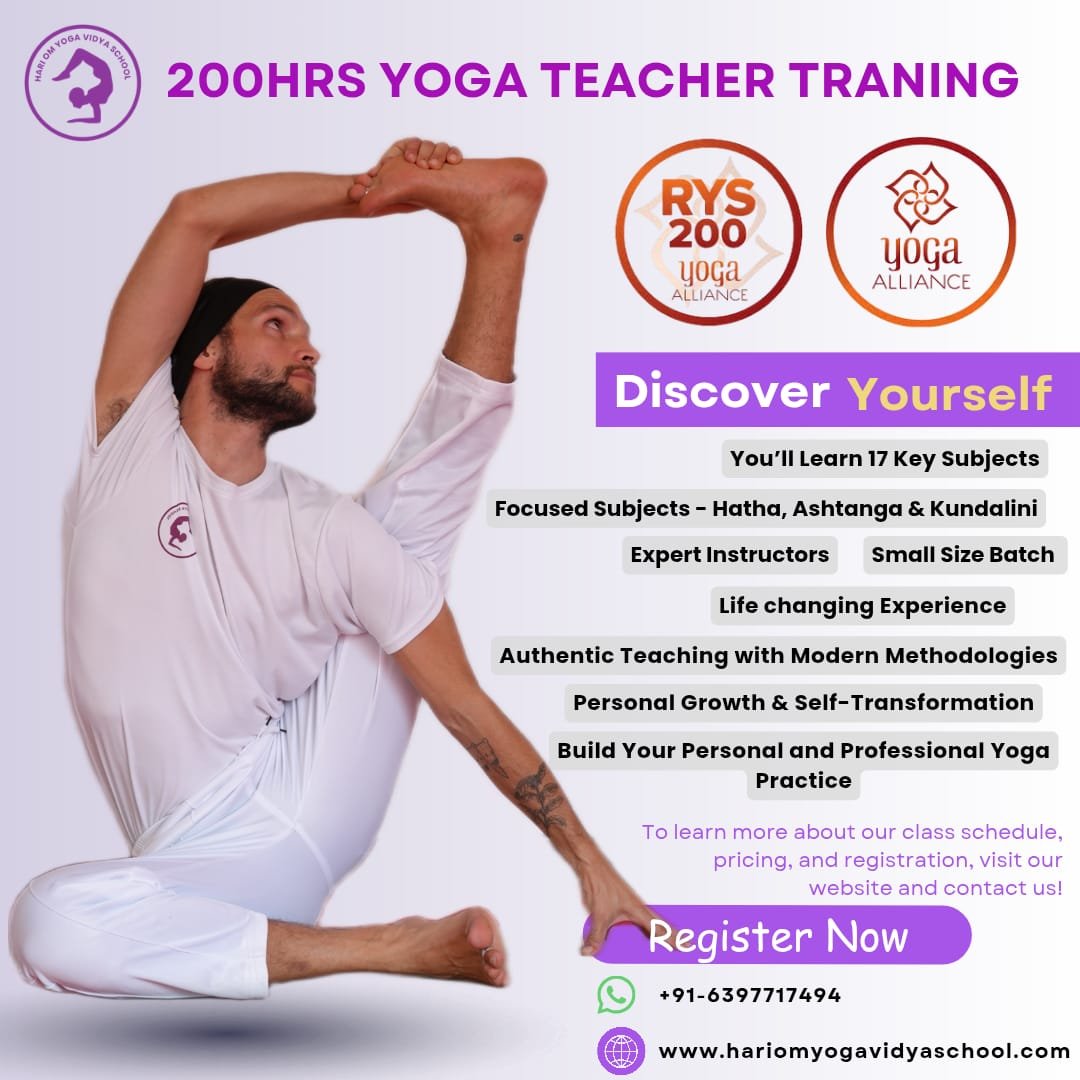Murcha Pranayama is also known in Yogic circles as Swooning breath. It is a process, where you have to perform a complete and slow inhalation, followed by a full phase of retention. You have to lock your chin, until you feel like fainting. When you close the airways with the chin lock or Jalandhara bandha, and then exhale the air very slowly, it is called Murcha Pranayama.
The literal meaning of Murcha is fainting. The way, you hold the breath, in this type of Pranayama, leads to dizziness, and that is why the name is just apt. When you practice Murcha Pranayama on a daily basis, the mind becomes devoid of senses for some time. It ultimately leads to comfort.
Anatomical Implications
Murcha Pranayama is an advanced breathing technique, that you need to do with certain mudras and bandhas. When you have that fainting feeling, it leads to awakening of a few areas inside the brain. It is often called Antara Kumbhaka. An increase in the supply of blood to the brain, also rejuvenates the brain cells. You will get ready for deeper activities in the yogic disciplines, as you achieve prowess in this technique. If you can do this properly, you will be able to migrate toward Dharana stage, in the near future.
Read More: Why Is Kundalini Yoga Dangerous? The Truth About Its Risks and Rewards
How To Do Murcha Pranayama?
- You have to sit in any cross-legged posture, like Padmasana or Sukhasana.
- Relax the whole body, and keep the hands resting on the knees. The spine should be straight.
- The shoulders should also be held back, with the head and spine in one straight line.
- You have to breathe deeply and slowly, at this stage.
- In the next stage, you have to observe Khechari Mudra, and then start slowly inhaling through the nostrils.
- Bend your head backwards a little, and perform Ujjayi Breath.
- Also do Shambhavi Mudra, if you are comfortable doing it.
- You have to keep the arms straight, and lock them at the elbows.
- Throughout the entire inhalation process, you have to retain the breath.
- Then bring the head down, and lock the chin inside the chest cavity.
- When you become dizzy, you can start exhaling.
This will complete one single round of Murcha Pranayama.
After you are done, you have to bring the head to the original position and relax. You can keep your eyes closed, while relaxing.
Precautions
This is an advanced breathing technique, so you need to do it properly. You have to perform it under expert guidance.
- Beginners should not practice this Pranayama.
- If you suffer from any mental disorder, then also you should not perform this Pranayama.
- You should not practice this, or for that matter, any sort of Pranayama after meals.
Benefits of Murcha Pranayama
- One of the first and foremost benefit of this Pranayama is mental peace.
- Your mental efficiency also increases, if you continue to practice this breathing technique on a regular basis.
- Your mind will also get cleared of any negative emotions, with time. It raises the amount of Prana, passing through the nadis called Ida, Pingala, and Sushumna.
- It also has the power to reduce blood pressure.
- It can also cure muscle weakness.
- It is a precursor to meditation.
Contraindication Of Murcha Pranayama
- Anyone who is suffering from high blood pressure, should refrain from practicing this Pranayama.
- If you have low blood pressure, you should not practice this Pranayama.
- If you suffer from epilepsy, then you should not practice this breathing technique.
- Anybody who is suffering from Atherosclerosis, should not practice this Pranayama.
- If you have eye-related disorders like Glaucoma, you cannot practice this Pranayama.
- You should only do this, after you have learnt about awareness in the yogic realm.
- The duration of Kumbhaka is very important.Read
More: Everything You Need to Know About Kundalini Yoga Teacher TrainingDeepen Your Yoga Practice with Hari Om Yoga Vidya School
Located in the heart of Rishikesh, Hari Om Yoga Vidya School is a place where ancient yogic wisdom meets modern teaching techniques. As a top yoga school in Rishikesh, we are committed to providing authentic, immersive yoga education in a peaceful, spiritual setting. Recognized as one of the best yoga schools in Rishikesh, we offer structured training programs designed to help you evolve in your practice, whether you are a beginner or an experienced yogi.
If you’re searching for a yoga school in Rishikesh that focuses on holistic learning, experienced teachers, and a supportive community, look no further!
Explore Our Yoga Teacher Training & Retreats
At Hari Om Yoga Vidya School, we offer a range of courses tailored for different levels of practitioners:
✅ 100-Hour Yoga Teacher Training in Rishikesh – A foundational course for those looking to begin their yoga journey.
✅ 200-Hour Yoga Teacher Training in Rishikesh – An internationally recognized certification for aspiring yoga teachers.
✅ 300-Hour Yoga Teacher Training in Rishikesh – Advanced training to deepen your practice and refine your teaching skills.
✅ 7-Day Yoga Retreat in Rishikesh – A rejuvenating escape into yoga, meditation, and self-discovery.
✅ 10-Day Yoga Retreats in Rishikesh – A transformative experience that blends yoga, relaxation, and Himalayan serenity.
Join us for a life-changing experience and become part of our global yoga family! 🌿✨
Conclusion
Thus, you can say that Murcha Pranayama serves as a bridge between the mind and the body. Moreover, it also balances the art of breathing. When your mind becomes devoid of any thoughts, you can attain pure bliss.




